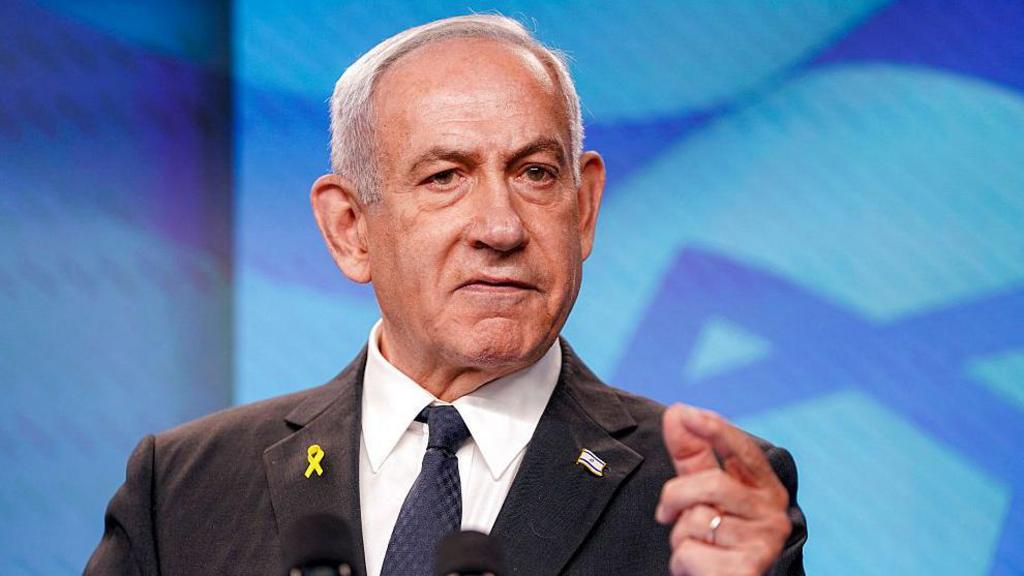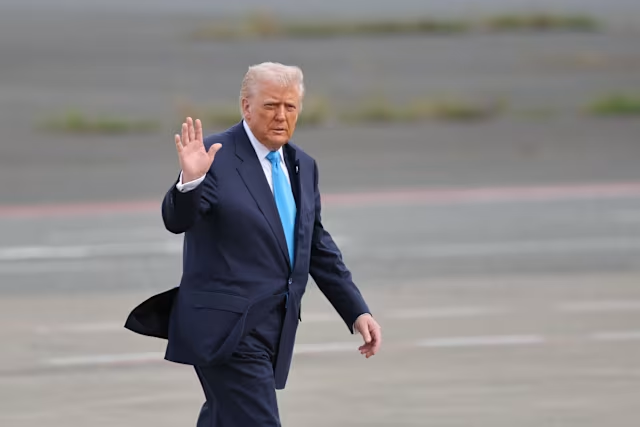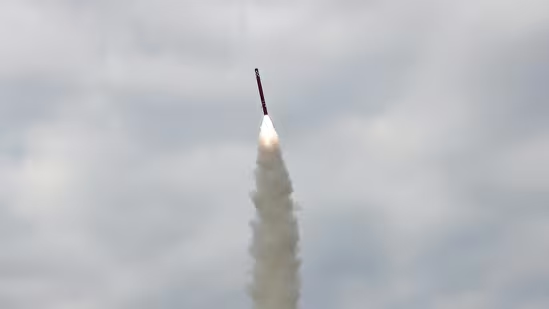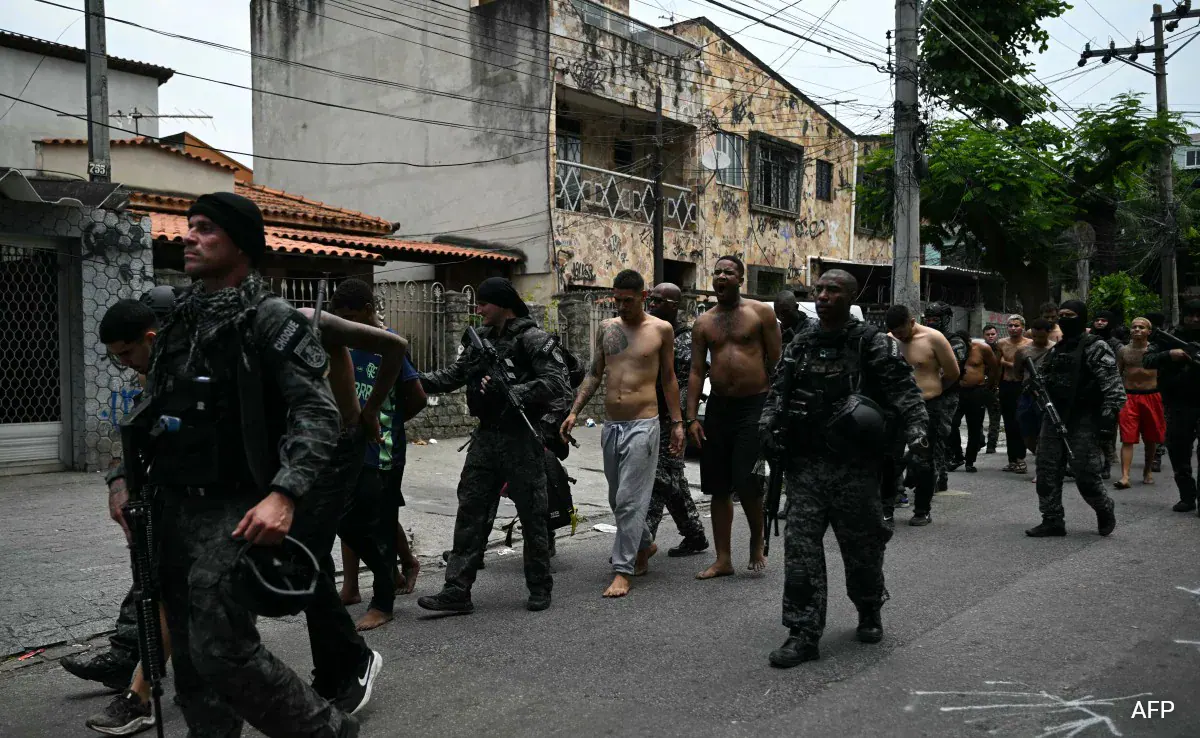Now Reading: Netanyahu Orders Immediate Strikes on Gaza Amid Cease-Fire Tensions
-
01
Netanyahu Orders Immediate Strikes on Gaza Amid Cease-Fire Tensions
Netanyahu Orders Immediate Strikes on Gaza Amid Cease-Fire Tensions

A tense stand-off has escalated in the Gaza Strip after Israeli Prime Minister Benjamin Netanyahu directed the military to carry out “immediate and powerful strikes” on the territory controlled by Hamas, citing breaches of a U.S.-brokered cease-fire. The decision comes amid stalled hostage exchanges and reports of cross-border fire, raising concerns about renewed conflict and regional stability.
What triggered the move
Hamas is accused of attacking Israeli troops in southern Gaza, including shots fired in the Rafah region. Israeli authorities say this constitutes a violation of the cease-fire agreement implemented earlier this month. Netanyahu’s office also pointed to the delayed hand-over of body-remains of hostages as a further breach of the terms.
Military response and escalation risk
The order signals an aggressive posture: Israeli Defence Forces have already launched air-strikes and artillery on strategic points in Gaza City and nearby areas. From Israel’s perspective, this is a justified retaliation. From Gaza’s side, any strike that follows the cease-fire is seen as a threat to fragile peace. The risk now is that this tit-for-tat dynamic could spiral into broader conflict.
Implications for global and Indian relevance
While the events unfold thousands of kilometres from India, they matter for our growing global engagement. For smaller Indian cities and towns, where awareness of international affairs is rising, the incident underlines how discussions on security, diplomacy and defence are interconnected worldwide. It also shows how shifts in global geopolitics can affect trade, oil prices and strategic calculus even in Tier-2 and Tier-3 localities.
Humanitarian dimension and civil-society concerns
In Gaza, the humanitarian impact is serious: damage to infrastructure, civilian casualties and disrupted aid flows are already being reported. Israel insists it targets only militant infrastructure, but in densely populated areas the line between combatant and civilian is thin. The situation underscores how war-time logic and human cost are entwined—a reminder relevant to India’s own disaster-preparation models and urban resilience strategies, especially in smaller centres.
Conclusion
Netanyahu’s directive to strike Gaza is more than a military order—it is a test of the cease-fire, of negotiation pathways and of international diplomacy under pressure. For India, and particularly its smaller towns emerging in global awareness, the event is a reminder: in a connected world, distant conflicts matter locally too. How the parties now respond will determine whether peace holds or a new phase of conflict begins.

























